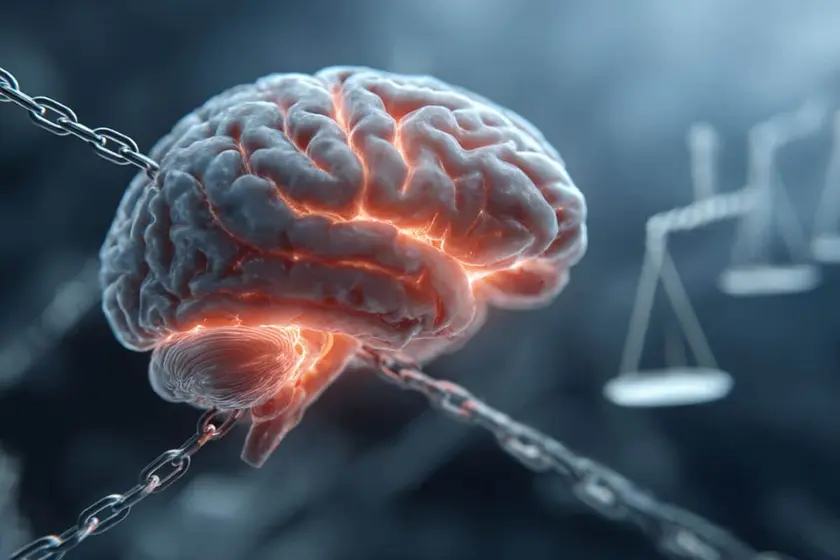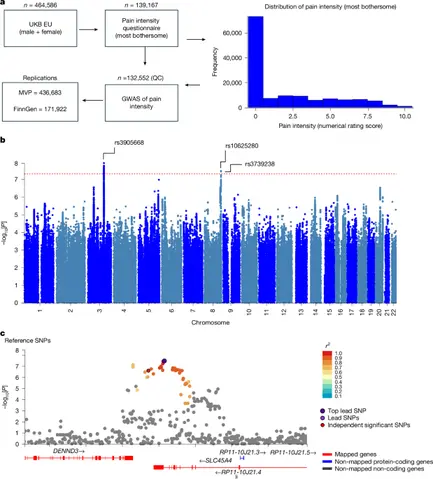T4K3.news
Natural pain relief explored by experts
A new look at how the body fights pain and the growing toolbox beyond pills. Learn how to use movement, mind and medicine wisely.

A look at how the body can provide natural pain relief and what new science says about managing pain beyond medications.
Pain relief comes from within
Dr. Gupta argues that pain relief is more than pills. The piece explains the body’s internal pain control system, including endorphins and the endogenous opioid network, and it notes how mood and social support can change pain perception. It positions relief as an inside job and highlights how everyday moments of comfort and connection can translate into physical ease.
Beyond NSAIDs and acetaminophen, the article reviews risks from long term NSAID use and revisits aspirin for primary heart prevention. It also discusses supplements and the need for medical guidance, while pointing to new non opioid medicines that target specific pain pathways. The piece traces how clinics are expanding tools to include nerve blocks, ketamine and other approaches, signaling a shift away from opioids in some settings.
The narrative ends with a reminder that pain relief is a moving field. It shows doctors balancing traditional remedies with evolving science, and it invites readers to view pain management as a blend of evidence, personal daily practices, and ongoing medical guidance.
Key Takeaways
"When you look at the release of norepinephrine and opioids for the fight or flight response it is one of the most potent analgesic molecules"
Explanatory quote about natural pain control during stress
"Endogenous opioids have an insider advantage as a natural part of the body’s interwoven system for pain modulation"
Describing the internal pain relief system
"Placebo is a legitimate tool in your pain toolbox"
Noting the value of the placebo effect
The article blends reporting with a cautious editorial voice. It invites readers to rethink quick fixes and shows how science is expanding a toolbox beyond meds. It also signals that pain management is personal and context dependent, not a one size fits all solution.
It raises questions about access, cost and how new therapies will be evaluated for safety and value. It also stresses the need for careful interpretation of supplements and home remedies and the importance of professional medical advice to navigate risks and benefits.
Highlights
- Pain relief starts inside the body
- Move and breathe your pain away before you reach for a pill
- Our bodies carry a built in toolkit for healing
- Placebo effects are real tools in the pain toolbox
Public health and drug safety concerns
The article touches on aspirin guidelines, NSAID risks, supplements, and new non opioid therapies. These topics have public health implications and potential for misinterpretation, so clear medical guidance is important.
Healing is a journey that blends science with daily habits.
Enjoyed this? Let your friends know!
Related News

Yoga moves ease back pain

Experts Identify Foods for Migraine Relief

Blood fluke penetrates skin undetected

Dietary Changes Could Help Reduce Headaches

Rosacea breakthrough prompts cautious optimism

Nonaddictive pain drug advances in preclinical stage

SLC45A4 and pain link discovered

Gait change lowers knee pain
